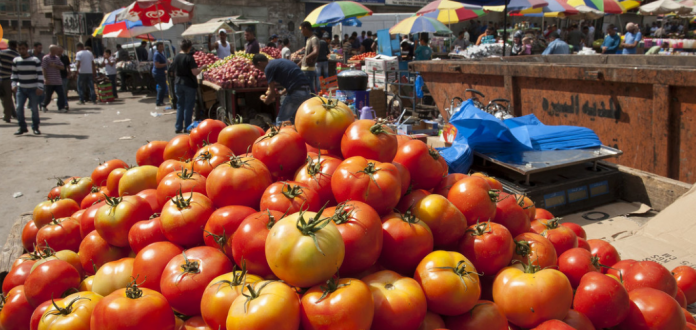‘Shared responsibility’ to stop 420,000 needless deaths from tainted food each year, UN, world leaders warn
Each year, food contaminated with bacteria, viruses, parasites, toxins or chemicals cause more than 600 million people to fall ill, and 420,000 to die worldwide, prompting a call from world leaders on Tuesday for greater international cooperation to make the food chain safer.
n Tuesday, the First International Food Safety Conference, in Addis Ababa – organized by the United Nations’ Food and Agriculture Organization (FAO), World Health Organization (WHO) World Trade Organization (WTO) and the African Union (AU) – shone a light on the need to root out dangerous food, which is also hampering progress towards sustainable development everywhere.
F[pullquote]ood should be a source of nourishment and enjoyment, not a cause of disease or death – WHO chief[/pullquote]
“Safeguarding our food is a shared responsibility. We must all play our part”, said FAO Director-General José Graziano da Silva at the Conference. “We must work together to scale up food safety in national and international political agendas.”
Unsafe food-related illness overloads healthcare systems and damages economies, trade and tourism. Moreover, the impact of unsafe food costs low- and middle-income economies around $95 billion in lost productivity each year.
“There is no food security without food safety,” underlined the FAO chief, calling the conference “a great opportunity for the international community to strengthen political commitments and engage in key actions”.
Food safety must be a paramount goal at every stage of the food chain, from production to harvest, processing, storage, distribution, preparation and consumption, conference participants stressed.
“Food should be a source of nourishment and enjoyment, not a cause of disease or death”, said Tedros Adhanom Ghebreyesus, WHO Director-General, who pointed out that although unsafe food is responsible for hundreds of thousands of deaths annually, it has “not received the political attention it deserves”.
“Ensuring people have access to safe food takes sustained investment in stronger regulations, laboratories, surveillance and monitoring”, he continued, adding: “In our globalized world, food safety is everyone’s issue.”
For his part, WTO Director-General Roberto Azevedo flagged food safety as “a central element of public health” which will be “crucial in achieving the 2030 Sustainable Development Goals”.
“Trade is an important force to lift people out of poverty… when we reconvene in Geneva in April we will consider these issues in more depth,” he added, referring to a follow-up event billed as the International Forum on Food Safety and Trade, due to take place in Geneva.
The current and forthcoming meetings are expected to galvanize support and lead to actions in key areas that are strategic for the future of food safety.
Meanwhile, Moussa Faki Mahamat, chairperson of the African Union Commission, underscored that the UN-AU partnership has been “longstanding and strategic,” calling the food safety conference “a demonstration of this partnership”.
The conference aims to identify key actions to ensure safe food and a strengthened commitment to scale up food safety in the 2030 Agenda for Sustainable Development.
Some 130 countries are participating in the two-day conference, including ministers of agriculture, health, and trade; scientific experts; partner agencies; civil society organizations; and the private sector.
Food systems are becoming ever more complex and interlinked, blurring regulatory responsibility lines and requiring concerted international action.While technological advances, digitalization and processing methods provide opportunities to enhance food safety while improving nutrition, livelihoods and trade, climate change, globalized food production and a growing global population pose new challenges to food safety.
Food safety systems must also keep pace with food production and consumption. This requires coordinated approaches for regulatory legislation and disease surveillance and food monitoring programmes that are supported by information technologies, shared information and training.





























